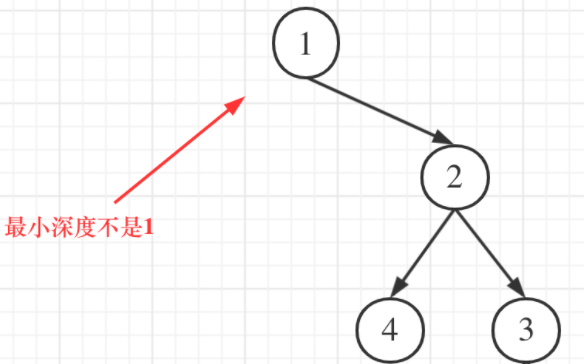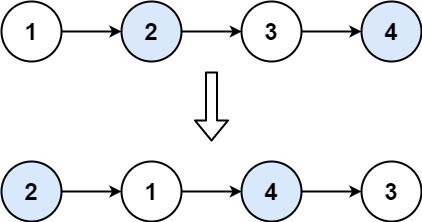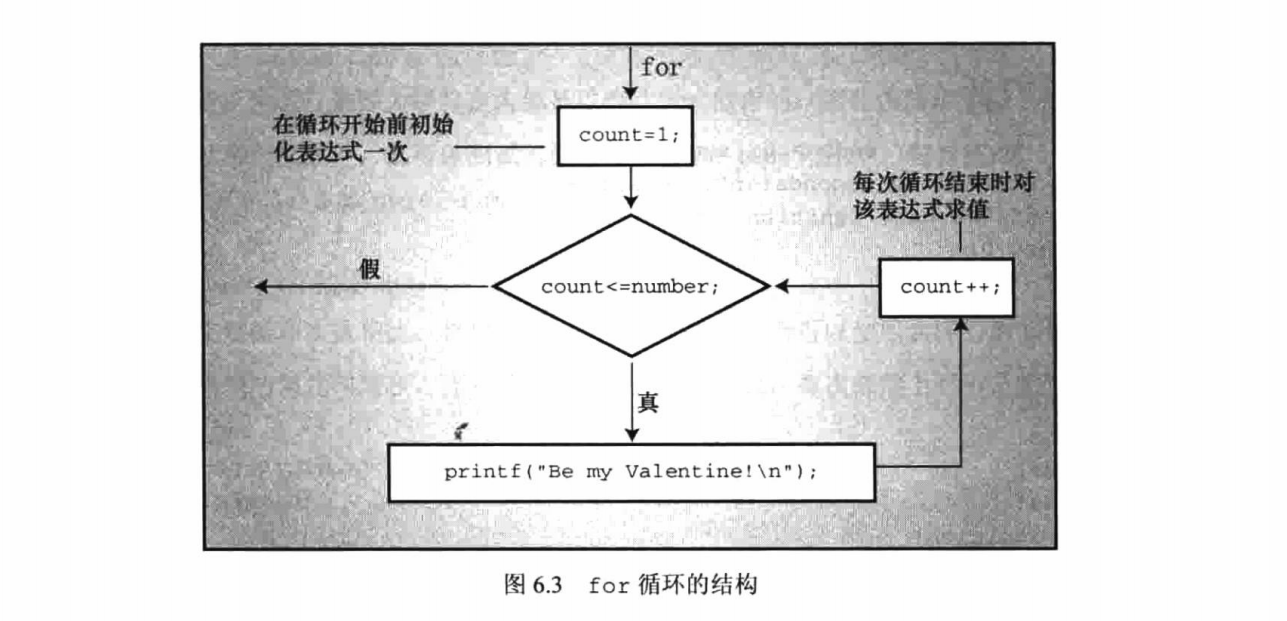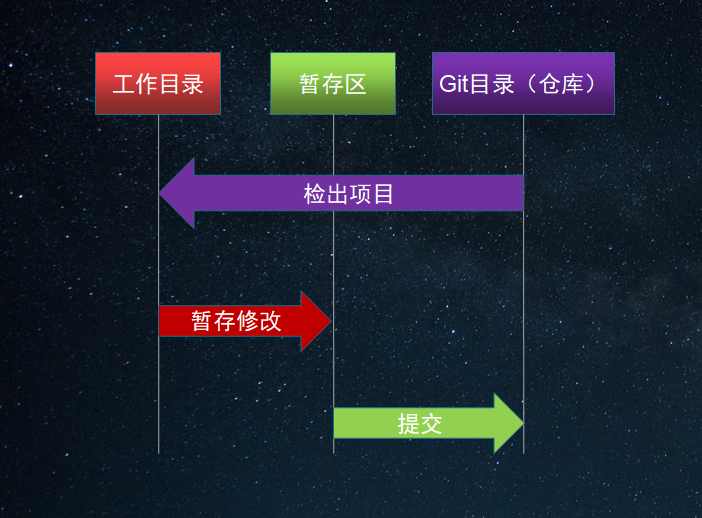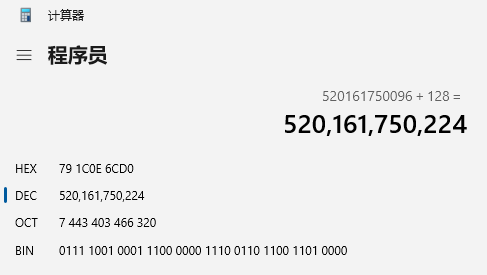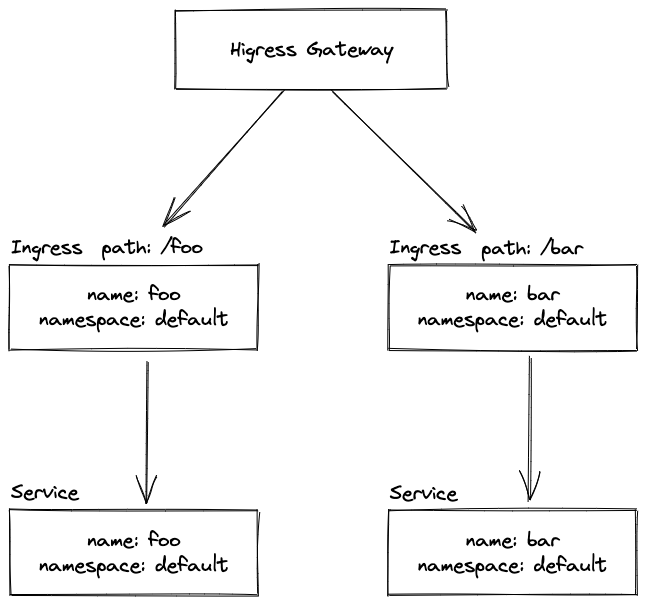代码随想录算法训练营day16 | leetcode ● 104.二叉树的最大深度 559.n叉树的最大深度 ● 111.二叉树的最小深度 ● 222.完全二叉树的节点个数
基础知识
二叉树的多种遍历方式,每种遍历方式各有其特点
LeetCode 104.二叉树的最大深度
分析1.0
往下遍历深度++,往上回溯深度--
class Solution {
int deep = 0, max = 0;
public int maxDepth(TreeNode root) {
preOrder(root);
return max;
}
void preOrder(TreeNode p){
if(p == null){
return;
}
deep++;
max = Math.max(deep, max);
preOrder(p.left);
preOrder(p.right);
deep--;
}
}分析2.0
这个思路值得背诵
class solution {
/**
* 递归法
*/
public int maxDepth(TreeNode root) {
if (root == null) {
return 0;
}
int leftDepth = maxDepth(root.left);
int rightDepth = maxDepth(root.right);
return Math.max(leftDepth, rightDepth) + 1;
}
}LeetCode 111.二叉树的最小深度
分析1.0
同最大深度一样的考虑,每次求最小值,最小值只能在叶节点取得
class Solution {
int deep = 0, min = 100001;
public int minDepth(TreeNode root) {
if(root == null){
return 0;
}
preOrder(root);
return min;
}
void preOrder(TreeNode p){
if(p == null){
return;
}
deep++;
if(p.left == null && p.right == null){
min = Math.min(deep, min);
}
preOrder(p.left);
preOrder(p.right);
deep--;
}
}求最小值结果变量要初始化为数据集的最大值,求最大值要初始化为数据集的最小值
分析2.0
class Solution {
/**
* 递归法,相比求MaxDepth要复杂点
* 因为最小深度是从根节点到最近**叶子节点**的最短路径上的节点数量
*/
public int minDepth(TreeNode root) {
if (root == null) {
return 0;
}
int leftDepth = minDepth(root.left);
int rightDepth = minDepth(root.right);
if (root.left == null) {
return rightDepth + 1;
}
if (root.right == null) {
return leftDepth + 1;
}
// 左右结点都不为null
return Math.min(leftDepth, rightDepth) + 1;
}
}LeetCode 222.完全二叉树的节点个数
分析1.0
完全二叉树求节点个数,知道层数+最后一层节点数即可
目前只知道根节点,遍历一下O(n)得出结论,但是要好于O(n),考虑完全二叉树特点 ?
空节点都在最后一层的右边,从根节点一直访问右孩子,知道访问到叶子节点,这时可能访问到最后一层或倒数第二层
失误
分析2.0
class Solution {
/**
* 针对完全二叉树的解法
*
* 满二叉树的结点数为:2^depth - 1
*/
public int countNodes(TreeNode root) {
if (root == null) return 0;
TreeNode left = root.left;
TreeNode right = root.right;
int leftDepth = 0, rightDepth = 0; // 这里初始为0是有目的的,为了下面求指数方便
while (left != null) { // 求左子树深度
left = left.left;
leftDepth++;
}
while (right != null) { // 求右子树深度
right = right.right;
rightDepth++;
}
if (leftDepth == rightDepth) {
return (2 << leftDepth) - 1; // 注意(2<<1) 相当于2^2,所以leftDepth初始为0
}
return countNodes(root.left) + countNodes(root.right) + 1;
}
}分析3.0
普通二叉树
class Solution {
// 通用递归解法
public int countNodes(TreeNode root) {
if(root == null) {
return 0;
}
return countNodes(root.left) + countNodes(root.right) + 1;
}
}总结
- 使用前序求的就是深度,使用后序求的是高度
- 求最小值结果变量要初始化为数据集的最大值,求最大值要初始化为数据集的最小值
- 二叉树有一个很好的结构特点,某个操作可以平等地施加于所有节点,这样递归就特别方便,要求什么先求它的孩子
- 判断一颗完全二叉树是不是满二叉树向左右两边遍历
常用变量名增量更新
size、val、ans、cnt、cur、pre、next、left、right、index、gap、tar、res、src、len、start、end、flag、ch

